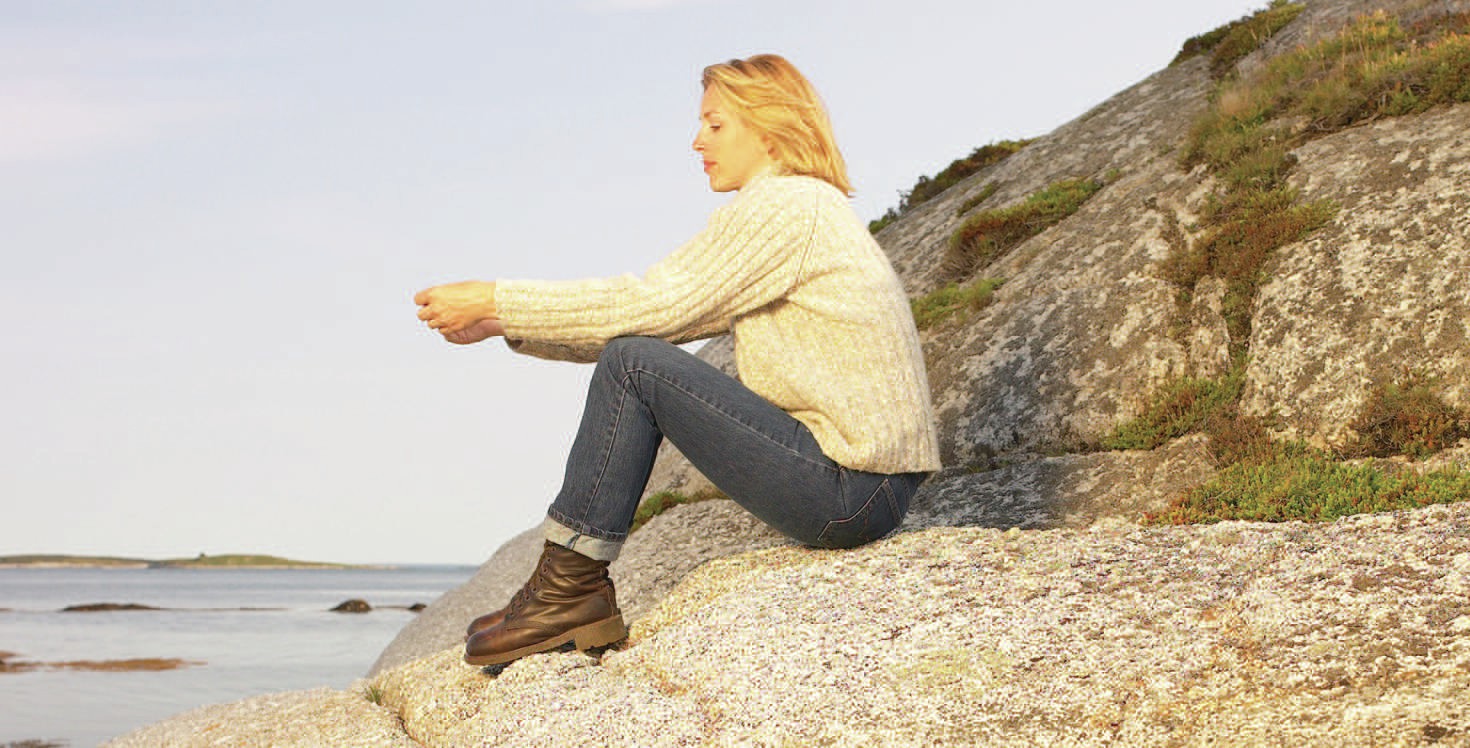
Stop for a moment and listen. What can you hear? I expect if you are reading this in a public place there is a cacophony of different sounds and noises. I also expect the majority are produced by people, their activities or the machines that they are using: some quiet, some loud, some pleasant, some offensive, some noises that appear and then disappear. We have a geographical language to describe the visual appearance of landscapes, but can a similar language can be used to describe sounds in the environment?
Sounds are an important tool that can be used to investigate a ‘deeper’ representation of place. This Practical Geography explores some of the ways in which people and places can be investigated through fieldwork based on sound and noise.
Your organisation does not have access to this article.
Sign up today to give your students the edge they need to achieve their best grades with subject expertise
Subscribe




